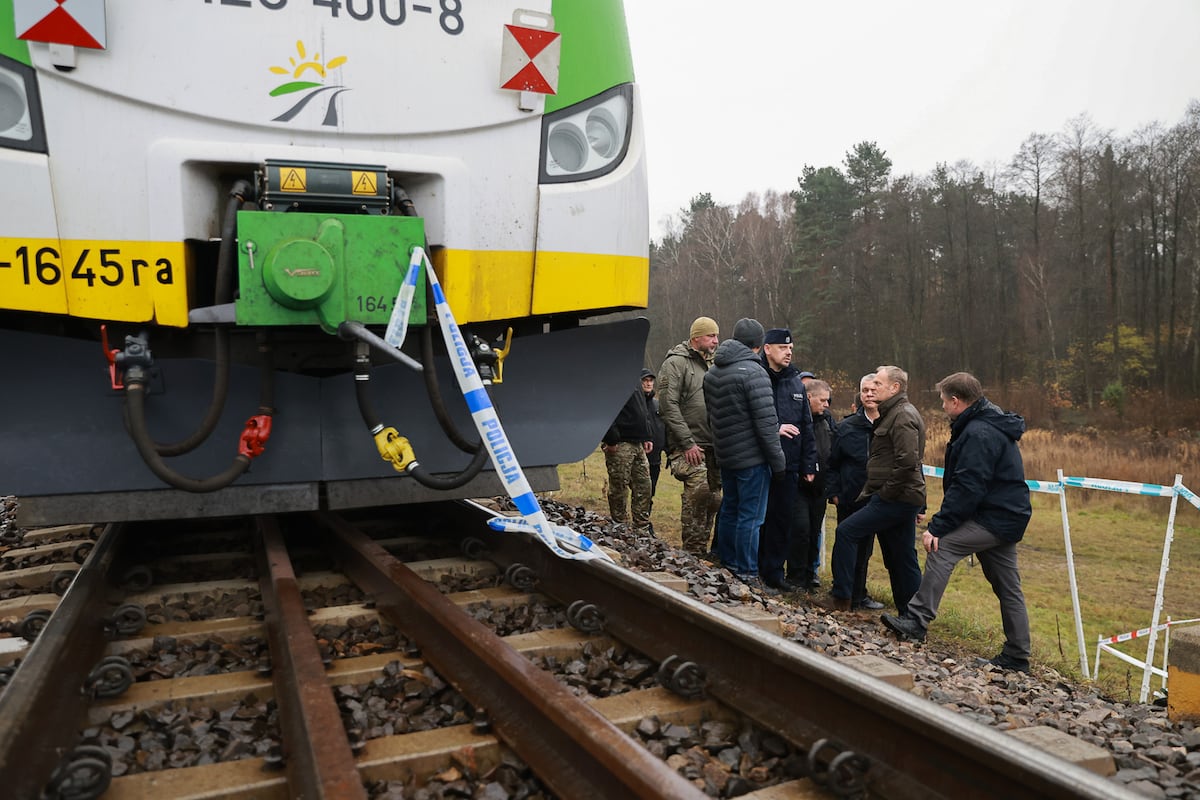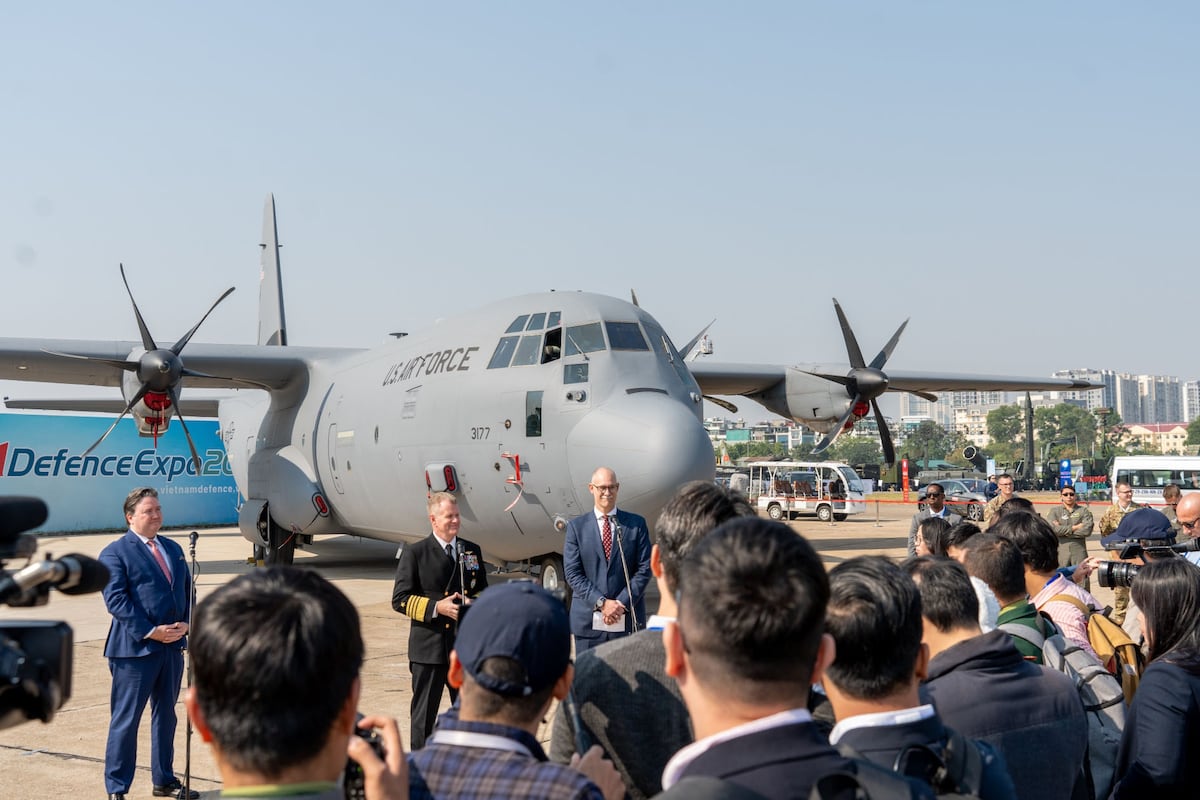U.S. Navy Enhances Amphibious Operations with New LCAC 100-Class Craft
The United States Navy has finalized a substantial contract with Textron Systems to enhance its amphibious capabilities by procuring additional Landing Craft Air Cushion 100-class (LCAC 100) vessels. This strategic move, valued at approximately $353.9 million, entails the construction of three advanced hovercraft, with anticipated delivery dates extending into 2031.
Modernization of the Fleet
This latest contract is a continuation of a significant order issued in August 2023, which outlined plans for up to 73 new hovercraft designed to replace aging LCACs that have been operational since the 1980s. The modernization initiative underscores the Navy’s commitment to maintaining an agile and effective force capable of facing contemporary and future maritime challenges.
Key Features of the LCAC 100
-
Operational Versatility: The LCAC 100 series will continue to perform essential tasks, including:
- Assault landings
- Over-the-horizon logistical support
- Heavy equipment transport between amphibious ships and shore-based sites
-
Enhanced Capabilities: These vessels will benefit from:
- Artillery Potential: Each craft can be equipped with naval guns, machine guns, and grenade launchers.
- Innovative Powertrain: Four modified Rolls-Royce MT7 gas turbines, derived from the Bell V-22 Osprey, provide a combined output of 28,000 horsepower.
-
Performance Metrics:
- Length: 92 feet (28 meters)
- Range: Approximately 200 nautical miles (370 kilometers)
- Maximum Speed: 35 knots (65 kilometers per hour)
Strategic Impact on Naval Operations
The LCAC 100 fleet aligns with broader defense strategies emphasizing rapid deployment and operational flexibility. As global maritime threats evolve, the Navy’s ability to project power ashore is increasingly crucial. The new hovercraft are expected to enhance strategic deterrence and support a variety of missions, from humanitarian assistance to combat operations.
Furthermore, the transition to more advanced LCACs reflects the Navy’s proactive approach in adapting to changing operational landscapes, ensuring that amphibious forces can operate effectively even in contested environments.
Recent Developments and Production Timelines
In recent months, progress within the LCAC program has been noteworthy. In November 2024, the U.S. Navy placed an order for nine additional LCAC 100 units. As of June 2025, Textron Systems successfully delivered the fourteenth vessel under this ongoing program, designated LCAC 113. The company is currently focused on serial production, with units LCAC 114 through 126 in the pipeline.
The inaugural units, LCAC 100 and LCAC 101, entered service in August 2020, marking the beginning of a new era in U.S. amphibious warfare.
Conclusion
The ongoing investment in the LCAC 100-class represents a critical step toward modernizing the U.S. Navy’s amphibious fleet. As adversaries increasingly challenge maritime supremacy, robust amphibious capabilities will be essential for maintaining a strategic advantage. The new hovercraft promise to enhance operational readiness, enabling the Navy to efficiently respond to a variety of missions across the globe.





